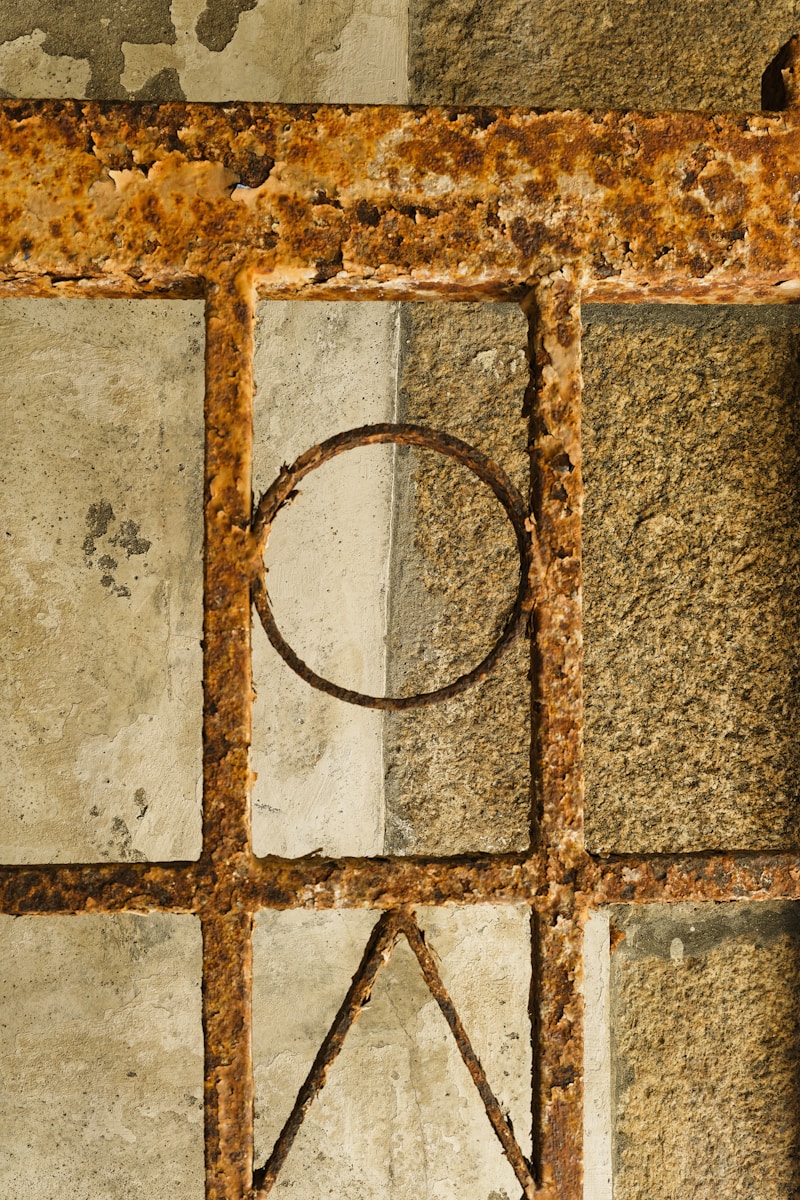Exploring the Interplay Between Heritage Patterns and Modern Designs
Introduction: A Fusion of Timeless and Contemporary
In the world of design, two seemingly contrasting elements have begun to harmoniously coexist: heritage patterns and modern designs. As designers seek to breathe new life into traditional motifs, a novel aesthetic emerges that marries the richness of cultural history with the sleek lines of contemporary design. This article delves into the captivating relationship between heritage patterns and modern designs, exploring their significance, applications, and impact on various fields.
Understanding Heritage Patterns
Heritage patterns refer to traditional designs that reflect the culture, history, and artistic expression of specific communities. These patterns often carry deep meanings and stories, passed down through generations. Common examples include:
| Pattern | Region | Significance |
| Arabic Geometric | Middle East | Symbolizes the infinite nature of Allah |
| Scottish Tartan | Scotland | Represents specific clans and their heritage |
| Chinese Batik | China | Symbolizes luck and prosperity |
| Indian Paisley | India | Represents fertility and life |
These patterns not only beautify the surfaces they adorn but also serve as cultural narratives, embodying the essence and identity of their origins.
The Rise of Modern Designs
Modern designs prioritize simplicity, functionality, and minimalism. While the mid-20th century saw an explosion of abstract forms and new materials, today's modern designs also emphasize sustainability and innovation. Key characteristics include:
- Minimalism: A reduction of form to its essential elements.
- Sustainability: Utilization of eco-friendly materials.
- Functionality: Design that prioritizes usability and practicality.
Bridging the Gap: Integrating Heritage Patterns into Modern Designs
The integration of heritage patterns into modern designs creates unique aesthetics that resonate with both tradition and forward-thinking. This fusion can be seen in various industries, including:
Fashion
Fashion designers frequently use heritage patterns to add depth to their collections. Brands like Etro and Missoni are known for their bold incorporation of traditional motifs into contemporary clothing. For instance, they may use intricate paisley prints alongside sleek, modern silhouettes, appealing to a broad audience who appreciates the nostalgia of heritage while enjoying the fresh style of modern fashion.
Interior Design
In interior design, the juxtaposition of heritage patterns with modern elements can create spaces that feel lived-in yet aspirational. By pairing vintage wallpaper with contemporary furniture, or using heritage textiles in modern upholstery, designers can cultivate an atmosphere that honors history while remaining grounded in the present.

Architecture
Architectural firms are also exploring the synergy between heritage and modernity. By integrating traditional motifs into modern buildings, architects infuse historical significance into contemporary landscapes. Notable examples include the National Museum of African American History and Culture in Washington, D.C., where heritage-inspired design elements are seamlessly incorporated into a cutting-edge structure.
Visual Art
Visual artists are reinterpreting heritage patterns through modern lenses, generating works that dialogue with both past and present. Artists like Yayoi Kusama incorporate traditional motifs into their contemporary pieces, challenging perceptions and evoking cultural conversations.
Benefits of Combining Heritage Patterns and Modern Designs
The blend of heritage patterns and modern designs offers numerous advantages:
- Cultural Preservation: By incorporating traditional patterns into modern creations, designers help to preserve cultural narratives and keep them alive for future generations.
- Innovative Aesthetics: The melding of old and new creates unique visuals that intrigue and captivate audiences.
- Market Appeal: A fusion of styles can appeal to a wider market, attracting consumers interested in both contemporary design and cultural history.
Challenges in Merging Styles
While the integration of heritage patterns into modern designs is promising, it presents challenges as well:
- Cultural Appropriation: Designers must be mindful to respect the cultural origins of the patterns they employ, avoiding exploitation and misrepresentation.
- Design Clarity: Balancing intricate patterns with minimalist modern designs can be challenging, as overcrowding may dilute the overall aesthetic.
Conclusion: Embracing the Future while Honoring the Past
The interplay between heritage patterns and modern designs is not merely a trend; it represents an evolving conversation that intertwines culture, history, and innovation. As we move forward, it is crucial for designers to approach this fusion with respect and intention, ensuring that the stories behind heritage patterns are honored. While embracing modernity, we should never forget the roots that ground us in our identity.
When seeking to incorporate heritage patterns into modern designs, consider the following tips:
- Research the history and meaning behind patterns to ensure respectful usage.
- Balance intricate designs with minimalist elements for an aesthetically pleasing look.
- Be open to experimentation while remaining authentic to both styles.
In conclusion, as we explore the captivating relationship between heritage patterns and modern designs, we find a rich tapestry of culture and innovation that continues to inspire designers across the globe. This journey not only enhances our aesthetic experience but also deepens our appreciation for the diverse histories that shape our world today.